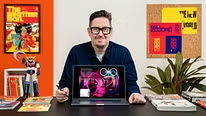Graphic Design for Fiction: Visual Identities with Stories
Course final project
A course by Tom Muller , Graphic Designer and Creative Director
About the final project for: Graphic Design for Fiction: Visual Identities with Stories
Graphic Design for Fiction: Visual Identities with Stories
“Well done! You've now reached the end of this Domestika course. I hope you've enjoyed bridging the gap between art and design and feel ready to approach your own design project. Of course, we've only scratched the surface of what's possible. It's up to you to really dig deep and explore how far you can push yourself. Before saying goodbye, let's review the necessary steps to create your own visual language for a piece of fiction. The Brief First, establish your brief. Who will be your client? And what will you design? For example, are you going to develop a new interpretation of one of your favourite comic books? It's up to you! Just make sure you choose something that truly inspires you. This could be an excellent opportunity to rediscover your adolescent passions. To construct your brief, clarify the type of graphic fiction you plan to create, and clearly specify the deliverables. For the purpose of this project, I want to see a logo, type, cover, and internal pages. The Mood Board Follow my guidance in Unit 2 to collect some visual references related to the brief. Then, create a mood board. This step will provide important creative direction throughout the design process, so don't skip it! You can refer to your mood board in the later stages to ensure that you are meeting the brief.
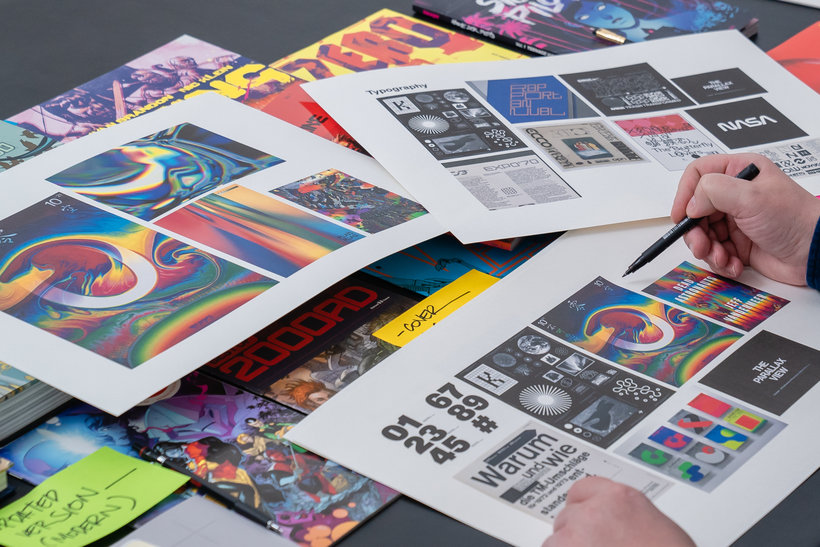
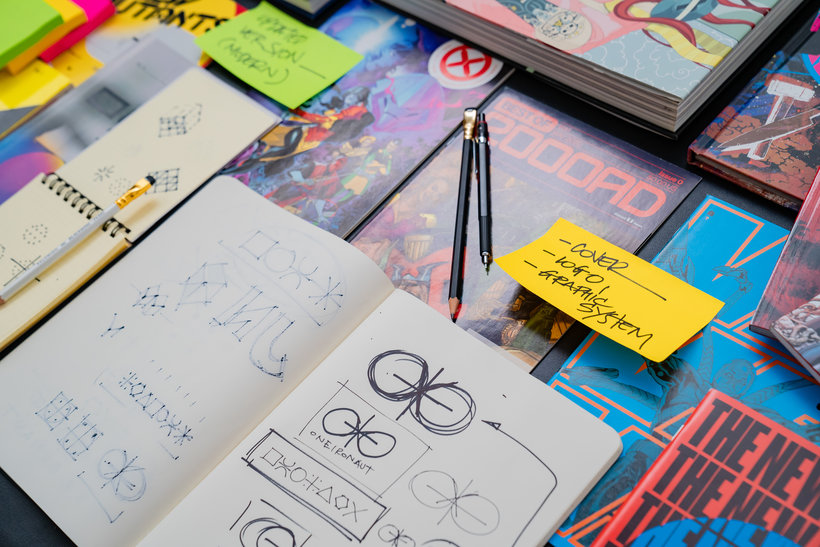
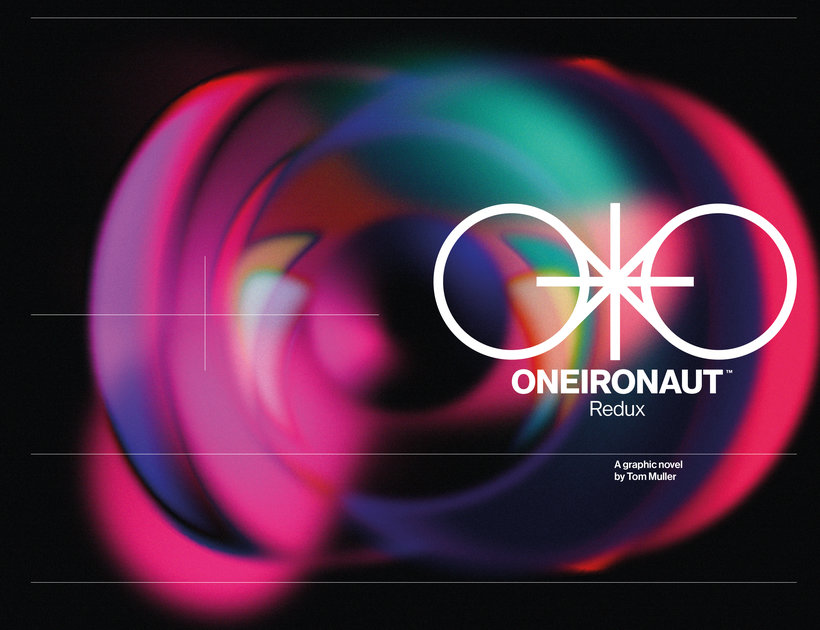
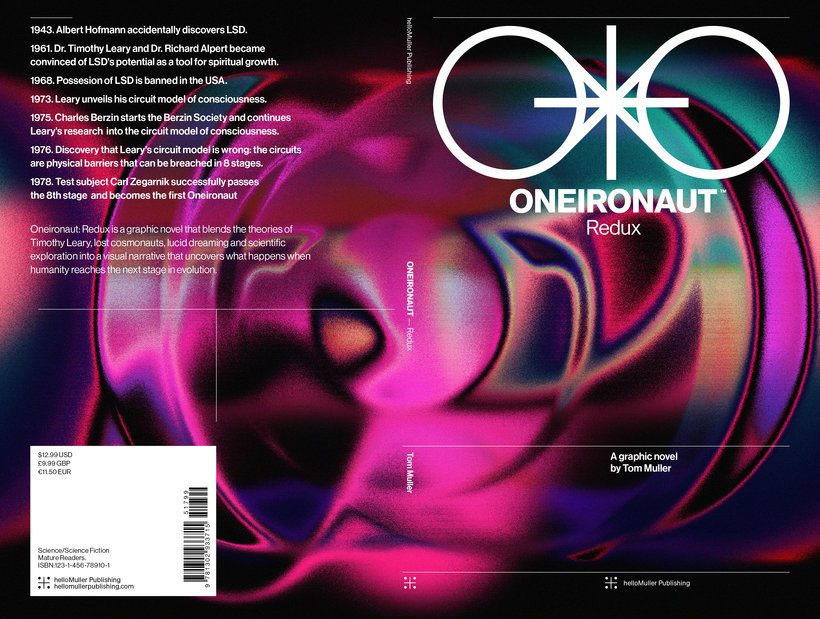

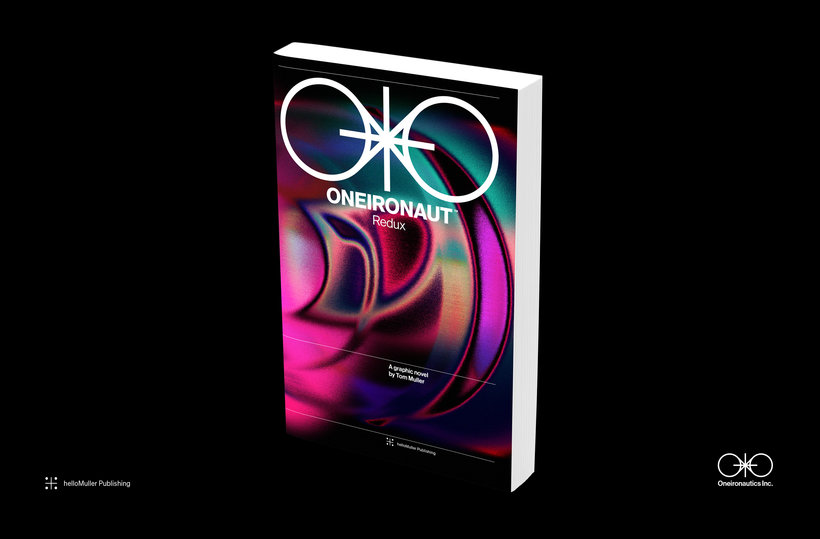
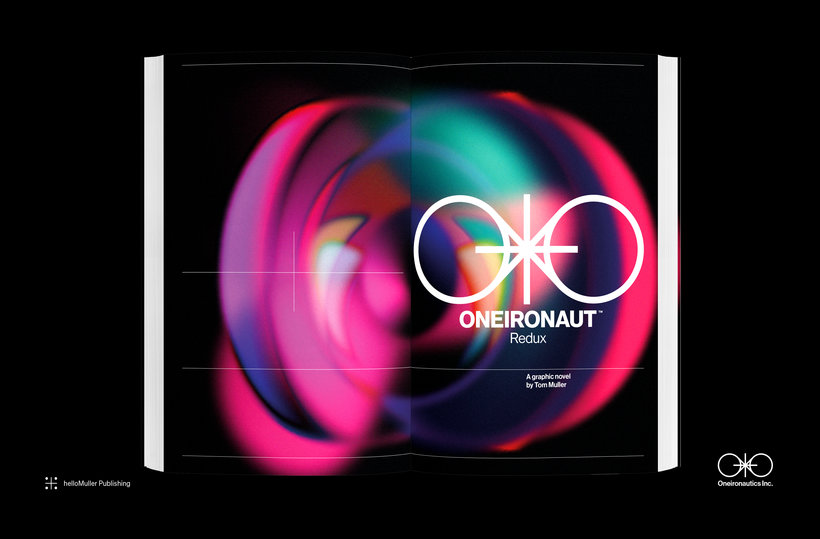
Partial transcription of the video
“ Final Project Here we have it. We now have our visual language for our story. I hope it was as educational and inspirational for you to follow along, as it was for me to create this project. First, I want to say thank you for coming along on this ride. For me, it was very educational. I learned a lot of new things by revisiting old work and trying to discover new things and new tricks to elevate the story through the use of design. Everything that we have been collecting throughout this course, the mood boards, research, sketching, and digital explorations is not something that we have to...”
This transcript is automatically generated, so it may contain mistakes.
Course summary for: Graphic Design for Fiction: Visual Identities with Stories
-
Category
Design -
Software
Adobe Illustrator, Adobe InDesign -
Areas
Art Direction, Branding & Identity, Design, Graphic Design, Logo Design

Tom Muller
A course by Tom Muller
Tom Muller is an award-winning graphic designer and creative director based in London. . Over the last 20 years, he’s made a name for himself in the comic and cult fiction industries, notably for his bold graphic work with Paramount Pictures, Image Comics, Darren Aronofsky, Hivemind and DC Comics. Through his studio helloMuller, he also creates logos, immersive visual worlds, and more for brands, storytellers, filmmakers, and entertainment companies.
His clients include Marvel Entertainment, Sony Pictures, Images Comics, Darren Aronofksky, 2000 AD, Star Wars, Disney, Google, WIRED, and Diesel. He is also the recipient of multiple awards including the Brand Impact Award for his design of X-Men’s Dawn of X[i], and his work has been recognised by The Eisner Awards, The Harvey Awards, [i]Entertainment Weekly, Wired, New York Magazine, and The Guardian.
- 100% positive reviews (36)
- 1,479 students
- 22 lessons (5h 18m)
- 11 additional resources (2 files)
- Online and at your own pace
- Available on the app
- Audio: English
- Spanish · English · Portuguese · German · French · Italian · Polish · Dutch · Turkish
- Level: Beginner
- Unlimited access forever
Category
Areas


